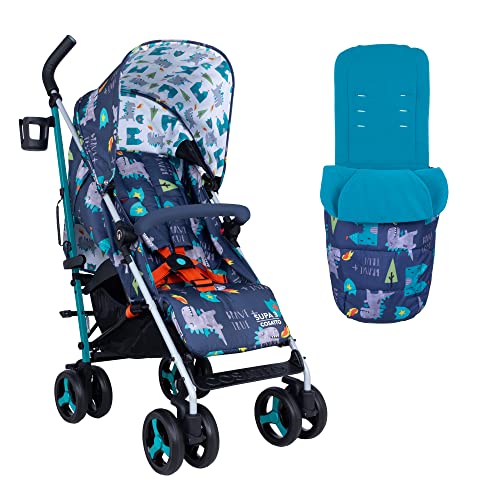What is a Pushchair Single?
A single pushchair is designed to carry just one child. Some are able to be used as early as the birth of a child using a carrycot or car seat. Some are light and some can be converted to double.
It has a modern, nippy design and features that make it a favorite for families, including adjustable handlebars for height and a large basket. It also has machine-washable fabrics and a footmuff – an essential accessory for colder weather.
Convertible
If you're looking for an all-in-one stroller that can grow with your child look into a convertible model. This type of stroller features hammock seats that can be transformed into the form of a carrycot. It's a good choice for babies. It's also lightweight and easy to fold.
The first of its kind one-of-a-kind Larktale crossover is a stroller/wagon that quickly transforms into a double-seater, with no tools required. It's a great choice for parents because it has numerous features, including a large undercarriage in both modes as well as an organizer that hangs from the push bar. There are some disadvantages, such as the confusion caused by the zipper that connects to the seat's back in wagon-mode and the size of cup holders.
Brakes
A top single pushchair will come with two brake systems. The hand brake is usually a small, lever-like thing on the chassis. You can flick it down to stop the pushchair and then push it back up to continue. This is particularly useful in urban terrain, where you may need to stop quickly, or on pavements at shopping centers where pedestrians may be present. The front wheel brake is present on high-end pushchairs, such as the phil&teds Dash or Bugaboo Cameleon 3. It is activated in the same way as the brake on a bicycle. This is especially helpful when you are going over rough terrain or jogging as it stops the pushchair right away and helps keep your child safe.
The left coupling 171 that connects the rear legs 57 and 19 consists of a rod for mounting the rear leg 173 to which rear leg 57 is fixedly coupled, a gear mounted on the side of 163 within the hub 3 of housing 33; a bushing 177 that is connected to gear 175 that extends out of a slot at the end of the mounting bar 173 and a cable that is designed to wrap around a J-shaped spool 181 as well as the post 31 of front leg 19. The left coupling system 171 used for the rear leg 57 and the front leg 19 comprises a rear leg mounting bar 173 to which the rear leg 57 is fixedly coupled and a gear 175 that is mounted on the side surface 163 of the housing 33 that is located within hub 3; spool component 181 and the post 31 of the front leg 19 are wrapped around the spool component J-shaped 181 in the slot 179 provided at the end of the mounting bar 173; and coiled cable 183.
The brake system 215 has the first end 227 which is designed to be in contact with the cam for braking when the cam is in the second position and an additional end 229. The second end of brake lever 229 has a variety of teeth 231. The teeth are designed to contact the teeth of a gear 233 that is driven by a stroller 1's first rear wheel 59. When the brake lever is depressed the braking cam stops the rotation of the rear wheel 59 and the movement of the stroller 1. simply click the following internet page can be operated manually.
Seat unit/carrycot
A pushchair single is an infant travel unit designed for babies older than 6 months who are beginning to sit up. They can be transformed into a pram. Prams are more sophisticated and designed for newborns to toddlers. They come with extra padding to ensure your child is comfortable.

Many pushchairs work with car seats and allow you to make a travel package that lets you transfer infants who are sleeping in your car to the pushchair. Some also feature a carrycot which is ideal for babies, while some have a seat unit which you can use when your baby is ready to switch from the carrycot.
The majority of pushchairs that are 'from birth' come with a option of 'facing directions' for the car seat or seat unit, either parent facing to help bond and reassure baby or world facing so they can discover the world. Some pushchairs even have the option to connect a second carrycot, infant carrier or ride-on board to accommodate growing families.
A quality pushchair must be able to easily traverse various terrains, such as pavements, grass and rough surfaces. Having a sturdy chassis that's designed to last is crucial, as is the selection of tyres. Some tyres are pneumatic, requiring air to be pumped in periodically, while other tyres are made from an alternative material like EVA or PU that can give an easier and more consistent ride.
Your pushchair will be one of the most used baby items you own so it's worth investing in a top-quality model that is easy to clean and maintain. A quick wipe down with a baby wipe should eliminate any spills or crumbs, while more stubborn marks can be eradicated by aiming the hot air from your hair dryer at the affected area for about 1 minute.
